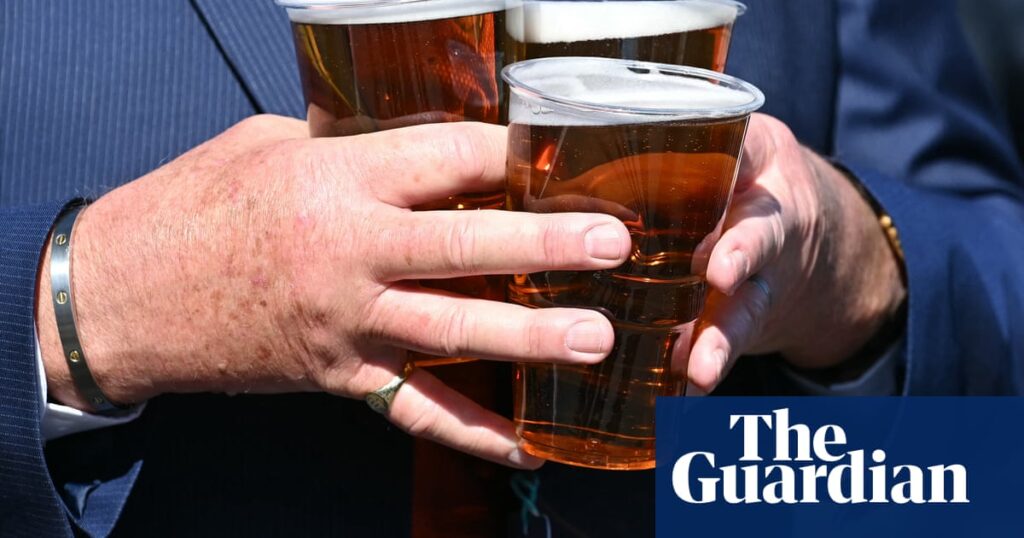All but one of 23 beers sampled for toxic Pfas “forever chemicals” contained the compounds, new research finds, raising safety questions about one of the world’s most popular beverages.
The researchers checked craft beer from multiple states, major domestic brands, and several international labels.
When possible, they compared the measurements to Pfas levels in the county water supply where each was bottled, revealing a “strong correlation” that suggests contaminated water is driving most of the problem. The levels were often above some drinking water limits for Pfas.
The study isn’t meant to scare people away from drinking beer, the authors wrote, but “inform brewers, consumers, and policymakers in making data-driven decisions about beer consumption and addressing risks”.
“If you want to still enjoy happy hour, then I think you should, but I hope our findings help future happy hours be relatively healthier,” lead author Jennifer Hoponick Redmon, a senior environmental health scientist for the RTI International non-profit, told the Guardian.
Pfas are a class of about 15,000 compounds most frequently used to make products water-, stain- and grease-resistant. They have been linked to cancer, birth defects, decreased immunity, high cholesterol, kidney disease and a range of other serious health problems. They are dubbed “forever chemicals” because they do not naturally break down in the environment.
The levels detected in the beer were as high as 40 parts per trillion (ppt). Drinking water limits for several common Pfas compounds are between four and 10 ppt, though drinking water is more of a risk because people generally consume more of it.
The highest levels were detected in beer brewed in the Cape Fear River Basin in North Carolina, where the environment has been thoroughly contaminated by Pfas largely stemming from a Chemours chemical plant in Fayetteville. Beer produced there showed some chemicals made at the Chemours plant, and generally contained a wider variety of Pfas compounds.
The levels in Cape Fear regions in which public water utilities have installed new filtration systems in response to Chemours’ pollution showed lower levels than those in areas that have not.
The highest levels of PFOA, a chemical for which federal regulators have said no level of exposure in drinking water is safe, were detected in beer made in Michigan’s Kalamazoo county, which also had high levels of the compound in its water.
The study also found a correlation between firefighting foam pollution hot spots and Pfas levels in the beer. Firefighting foam contains high concentrations of Pfas and is used by the military, airports and other sources, and is among the leading causes of water pollution.
Two of the international brands – from Mexico and the Netherlands – showed no or low levels of the chemicals.
Some of the Pfas could stem from other sources, such as wheat or barley contaminated from the use of tainted fertilizers, pesticides or water. Hoses and tubing are sometimes made with Pfas, as are some plastics and packaging. The study did not check those variables.
Hoponick Redmon said brewers interested in reducing Pfas levels should install granular activated carbon or reverse osmosis filtration systems, which are the most effective for Pfas removal. Beer drinkers can protect themselves by checking for Pfas levels in the areas in which beer is bottled, and asking brewers if they use the filtration systems.
